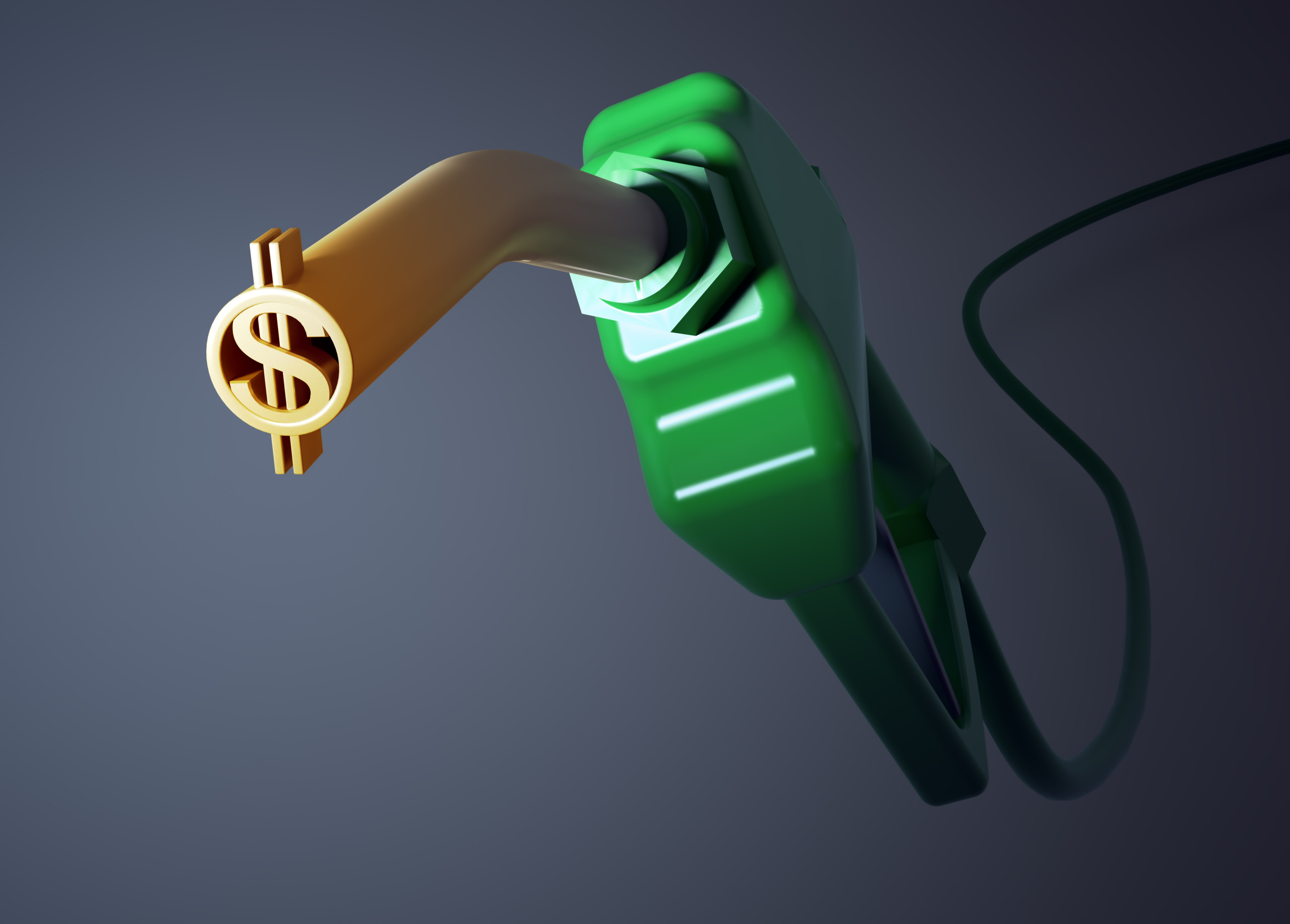The recent rise in the price of fuel has brought the need to drive economically, or it should have anyway.
While each tip here may seem to only provide a small percentage of savings on its own, together they can add up to significant fuel savings, plus reduce wear and tear on delivery vehicles.
Ensure that the vehicle is well maintained.
Proper operation—tune ups, oil changes, filters—are important. A poorly maintained vehicle can use 4% more fuel. One with a bad O2 sensor can use even more. But an easy task is to ensure that tires are properly inflated. Under-inflated tires can lower gas mileage by about 0.2% for every 1 psi drop, that’s 1% for 5 lbs.
Together, these items can deliver as much as 5% savings. More, a lot more, if there’s an O2 issue that has gone unaddressed.
Reduce idling.
Delivery vehicles’ days are filled with stops and starts more than a consumer’s daily driver. And, because drivers are in a hurry, they’ll often leave the vehicle idling while they drop off an order. This is a big fuel waster. While the actual numbers will vary depending on the vehicle, idling can use about 2L of fuel for every hour of idling.
And in case you’re still of the mind that restarting uses more gas than it’s worth, the crossover time is 10 seconds. In other words, if you’re going to leave your delivery vehicle idling for more than 10 seconds, you’re using more fuel than if you turned it off.
More Gordon Lightfoot, less Heavy Metal.
Driving habits can have a real impact on fuel mileage. Heavy acceleration can decrease fuel efficiency by 10-40% for in town driving. Mellow out. Ease up to the speed limit. And do your best to coast down when you know there’s traffic or a stop light ahead.
Plan it right and you might be able to avoid stopping altogether. Every time you can avoid accelerating from a standing start saves fuel. (Plus, you’ll save on brakes too!)
Coast to Coast
Gravity can be your friend. Coasting on downhill parts of your route, rather than using it is a speed run, will save fuel. One note here: If you use cruise control on your drives, you may want to disengage it on long downhill runs as the system will naturally brake the vehicle if it hits your speed setting.
Letting the car drift a couple of kilometers per hour higher is a just a practical reality. Obviously, safety and obeying speed limits is paramount.
Watch your speed.
This is probably the most obvious of the fuel saving tips, but also one that is easy to overlook as you seek to deliver parts quickly and efficiently. In town it is difficult to measure the impact—lots of starts and stops—but on longer runs, reducing speed to the posted limit and maintaining a steady speed can really deliver.
Most cars, vans, pickup trucks and SUVs are most fuel-efficient when they’re travelling between 50 and 80 km per hour.
Above this, vehicles use increasingly more fuel the faster they go; 120 km per hour may be the “flow of traffic,” but uses about 20% more fuel than at 100 km per hour. And it’s only adding a couple of minutes to a 25km run.
Employ efficient routing
This one may call on your delivery technology, and a measure of common sense. Reducing the number of kilometers for deliveries, more routing, less shotgun, is an important strategy. But it takes some planning and some discipline.
While the recent rise in fuel prices has brought this topic into focus, it is really good practice at any time to be efficient in the way we use our vehicles. There doesn’t tend to be a single “silver bullet” solution, but together the right strategies can be an effective way to mitigate the rising costs of fuel.
This article appeared in the June/July issue of Jobber Nation.


0 Comments